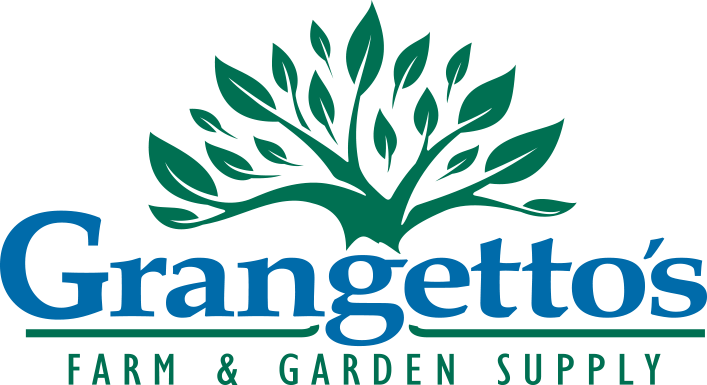Vegetable Planting Guide
SPRING
Basil, beans, beets, carrots, chives, cilantro, corn, cucumber, dill, egg plant, green bunching onions, lettuce, onion, parsley, parsnip, peas, peppers, radish, spinach, strawberries, squash, sunflower, swiss chard, tomatoes, thyme.SUMMER
Beans, chives, corn, cucumber, egg plant, green bunching onions, hot peppers, parley, pumpkin (mini), radish, squash, sweet peppers, swiss chard, tomatoes, thyme, watermelon (baby fruiting).
FALL (IN WARM REGIONS)
Artichoke, beets, broccoli, brussels sprouts, cabbage, carrots, cauliflower, celery, chives, cilantro, collards, dill, endive, fava beans, garlic, kale, lettuce, onion, parsley, parsnip, peas, radish, swiss chard, thymeWINTER (IN WARM REGIONS)
Artichoke, beets, blueberries, broccoli, brussels sprouts, cabbage, carrots, cauliflower, chives, cilantro, collards, dill, fava beans, garlic, kale, lettuce, onion, parsley, parsnip, peas, radish, spinach, swiss chard
(This is only a guide. Planting may vary by climate. Check the USDA Hardiness Zone Finder to learn more about your climate). See the “Detailed Vegetable Planting Guide” for more specific growing months.
What are Zone Maps? USDA Hardiness Zone Finder
Gardeners need a way to compare their garden climates with the climate where a plant is known to grow well. That’s why climate zone maps were created. Zone maps are tools that show where various permanent landscape plants can adapt. If you want a shrub, perennial, or tree to survive and grow year after year, the plant must tolerate year-round conditions in your area, such as the lowest and highest temperatures and the amount and distribution of rainfall.
DETAILED VEGGIE GUIDE

